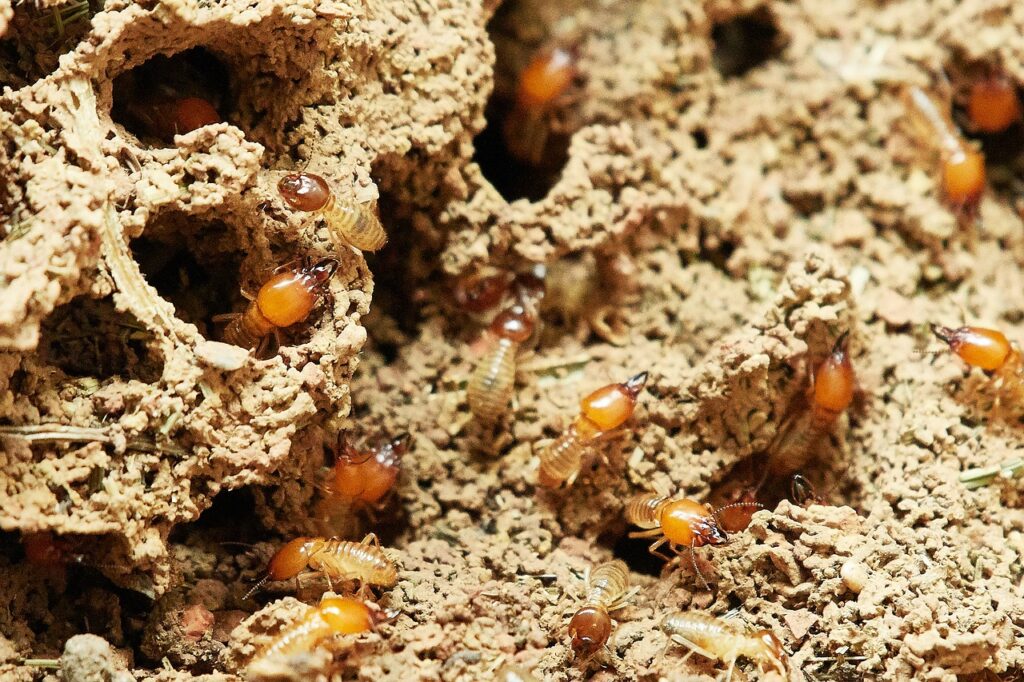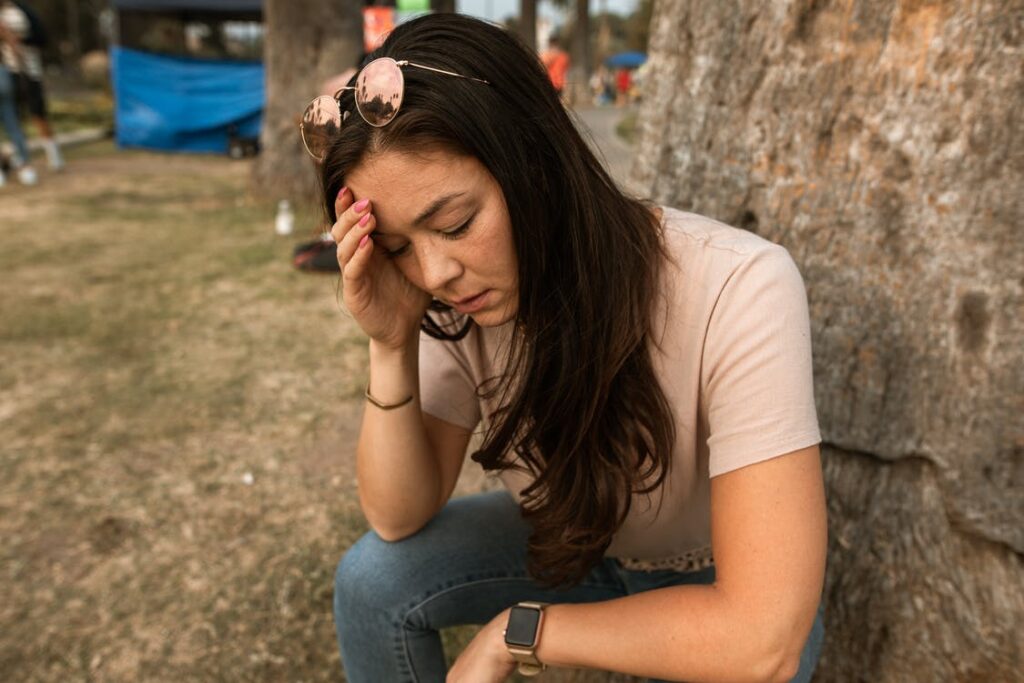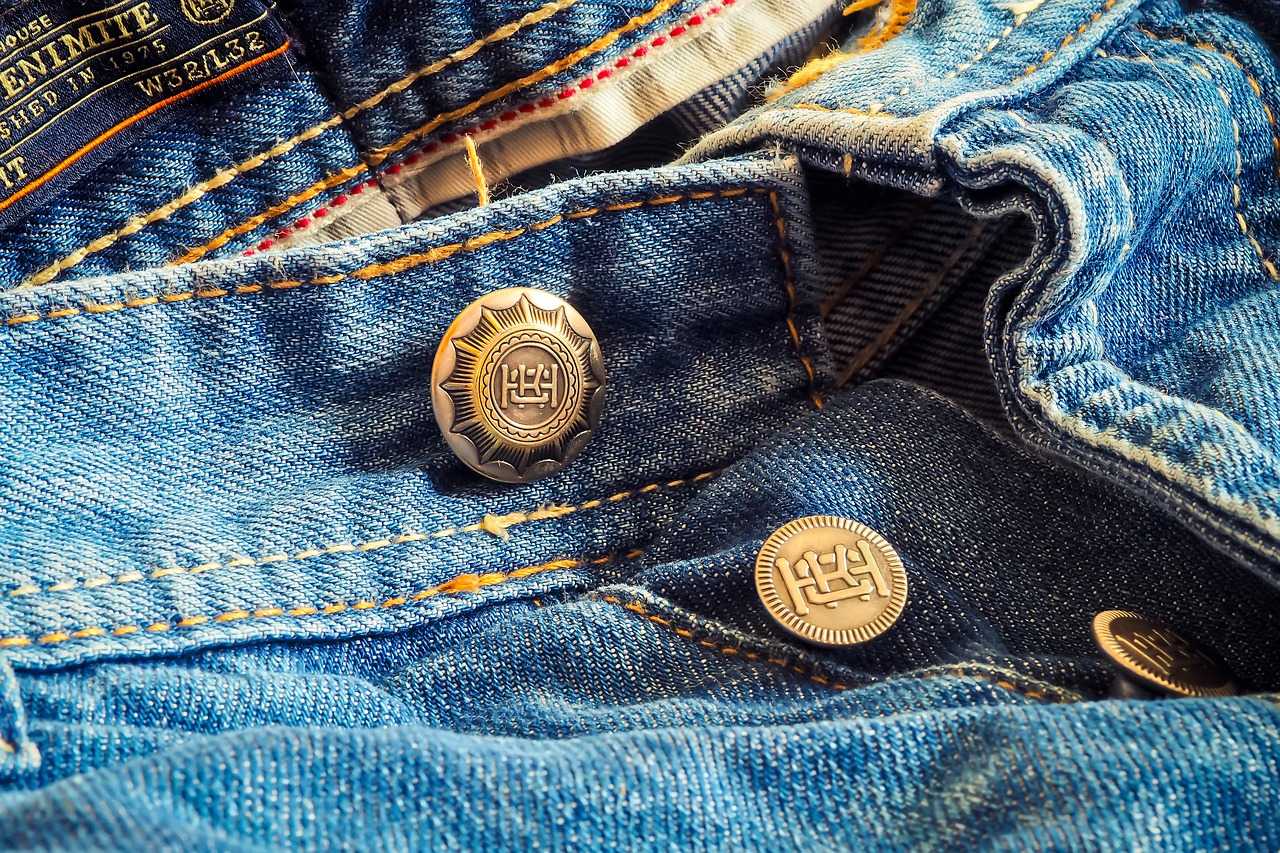Termite fumigation is one of the most effective ways to get rid of termites. In this termite control method, your home is covered with a massive ‘tent’ and then bombed with a fumigant gas that will seep into the most inaccessible parts of your home — killing all of the termites. But since the method is so invasive, many people ask, does termite fumigation ruin your stuff?
Termite fumigation and your possessions
- Termite fumigation does not ruin your furniture and personal items. It’s easy to assume that this termite control method ruins your stuff. After all, it involves the use of chemicals that kill pests. Surely, those chemicals are not good for your stuff as well. But this is a common misconception. The method actually doesn’t ruin any of your stuff — carpets, curtains, clothing, and furniture. Competent pest control professionals also don’t leave residue around that can put you at risk of chemical exposure.
- You can even keep food in your home during termite fumigation. If you accidentally leave food exposed to the fumigant gas, it’s no longer safe to consume. But this doesn’t mean you can’t keep food at home during the termite fumigation process. You can double wrap them in plastic bags to keep them safe from toxic chemicals. There are also some pest control professionals who offer their own special plastic bags, in accordance with government regulations.
- Preparation failures are part of the reason why you think termite fumigation can ruin your stuff. Termite fumigation is a complicated process. You can’t just leave everything to the pest control professionals. You have to play a part as well — help prepare your home for the process. Wrap everything you don’t want to get exposed to the chemicals. Even better, take them with you to the place you are going to stay in during the termite fumigation. Talk to your pest control professionals regarding bagging and wrapping because they can help determine which items to bag and wrap and which items to leave for the termite fumigation.

How to prepare…
- Remove and isolate fabrics. All kinds of fabrics in your home should be removed — your bedsheets, pillowcases, curtains, and even clothing. Put them in plastic bags, so you can isolate them and protect them from the fumigant gas. After the termite fumigation, make sure to clean your washer and dryer as well just to be safe. You don’t want your washer and dryer to contaminate your fabrics once you do the laundry.
- Double seal or relocate consumables. Double wrap all food and water items in plastic bags. The double wrapping is a great way to ensure that they are really not exposed to the fumigant gas. Sure, leaving consumables behind is okay. But if you are really paranoid about them, you can temporarily relocate them to surely avoid exposure. You can bring them with you when you go out of your home during termite fumigation or you can ask your neighbor to store them for you temporarily.
- Only talk to certified pest control professionals. Only trained and certified pest control professionals are allowed to conduct termite fumigation. This is a heavily regulated industry, and with good reason. The chemicals involved in fumigation can be harmful to you and your family. This termite control method is completely safe, but only if you talk to pest control professionals who have undergone training and certification.
Termite fumigation — potential dangers
- Termite fumigation involves potentially harmful chemicals. Even though termite fumigation is heavily regulated and is completely safe, the fact still stands that it involves the use of toxic chemicals. Even if you only talk to competent pest control professionals and follow their instructions, there is still an off chance that something bad happens. Here are some numbers — there are about 59 incidents of poisonings in fumigation in California from 2003 to 2014. About a hundred people have experienced negative side effects and 7 of them actually died. Diarrhea, difficulty in breathing, headaches, and skin irritation are just some of these side effects.
- The harmful chemicals are also dangerous to your pets and plants. The main ingredient in the fumigant gas is sulfuryl fluoride. This ingredient is the primary cause of the poisoning incidents, side effects, and deaths. And here’s more bad news — the ingredient is also toxic to your pets and plants. It’s toxic to your pets because, well, they are animals, basically the same as humans. It’s toxic to plants because it’s 4,000 times more potent than carbon dioxide. In your termite fumigation preparation, don’t forget about your pets and plants. If possible, bring your pets with you when you go out during the fumigation process. And ask your neighbors to shelter your plants temporarily.
- You can also put your neighbor at risk if you are not careful. Termite fumigation is also often called termite tenting. This is because of the iconic tent pest control professionals use to cover your home. This tent is necessary to trap the fumigant gas and make it as effective as possible. It is also a way to protect the neighborhood from the potential dangers of the toxic chemicals. Because of the potential threat to your neighborhood, you should take termite fumigation seriously.

Termite fumigation does not ruin your stuff
No, termite fumigation does not ruin your stuff. It’s only a common misconception. This is because many people make quick assumptions just because the termite control method uses toxic chemicals. These chemicals can indeed be dangerous — but only if you don’t reach out to competent pest control professionals and you don’t follow their instructions. And most of the time, they are only dangerous to you, your pets, and your plants, not to your stuff.
With that said, you should still not leave things lying around your home during the termite fumigation. If you leave your stuff unwrapped and exposed to toxic chemicals, you yourself may be exposed to the chemicals once you make contact with your stuff. The good news is that fumigant gases leave little chemical residue — less than residual insecticides. But it’s still better to be safe than sorry.

